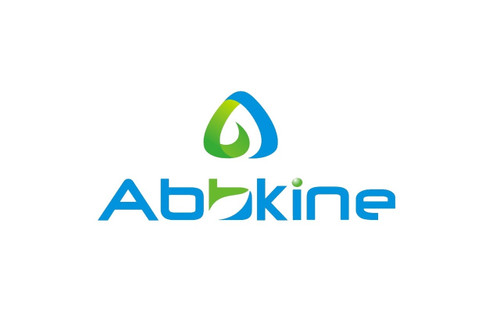Product Description
Mouse Interleukin 16 (IL-16) ELISA Kit | AE63227MO | Abebio
Species Reactivity: Mouse (Mus musculus)
Abbreviation: IL16
Alternative Name: FLJ16806; FLJ42735; FLJ44234; HsT19289; IL-16; LCF; prIL-16; OTTHUMP00000190849|OTTHUMP00000190850|interleukin 16|lymphocyte chemoattractant factor
Application: ELISA
Range: 15.6-1000 pg/mL
Sensitivity: 6.5 pg/mL
Intra-Assay: ≤4.9%
Inter-Assay: ≤8.0%
Recovery: 1, 03
Sample Type: Serum, Plasma, Other biological fluids
Detection Method: Sandwich
Analysis Method : Quantitive
Test Principale: This assay employs a two-site sandwich ELISA to quantitate IL16 in samples. An antibody specific for IL16 has been pre-coated onto a microplate. Standards and samples are pipetted into the wells and anyIL16 present is bound by the immobilized antibody. After removing any unbound substances, a biotin-conjugated antibody specific for IL16 is added to the wells. After washing, Streptavidin conjugated Horseradish Peroxidase (HRP) is added to the wells. Following a wash to remove any unbound avidin-enzyme reagent, a substrate solution is added to the wells and color develops in proportion to the amount of IL16 bound in the initial step. The color development is stopped and the intensity of the color is measured.
Product Overview: IL-16 is constitutively expressed by both CD4+ and CD8+ T cells. Airway epithelium from asthmatics, eosinophils, and mast cells also produce IL-16, albeit only after stimulation.In lymphocytes, IL-16 is generated as a precursor molecule which is enzymatically cleaved following stimulation with T-cell mitogens. IL-16 is a proinflammatory and immunomodulatory cytokine.It is a potent chemoattractant for all CD4+ cells including T cells, monocytes, and eosinophils and, as such, has been identified at inflammatory sites characterized by infiltrating CD4+ cells.In addition to cell motility, IL-16 induces cell cycle progression and cytokine synthesis in CD4+ T cells.
Stability: The stability of ELISA kit is determined by the loss rate of activity. The loss rate of this kit is less than 5% within the expiration date under appropriate storage condition. The loss rate was determined by accelerated thermal degradation test. Keep the kit at 37°C for 4 and 7 days, and compare O.D.values of the kit kept at 37°C with that of at recommended temperature. (referring from China Biological Products Standard, which was calculated by the Arrhenius equation. For ELISA kit, 4 days storage at 37°C can be considered as 6 months at 2 - 8°C, which means 7 days at 37°C equaling 12 months at 2 - 8°C) .
 Euro
Euro
 USD
USD
 British Pound
British Pound
 NULL
NULL








